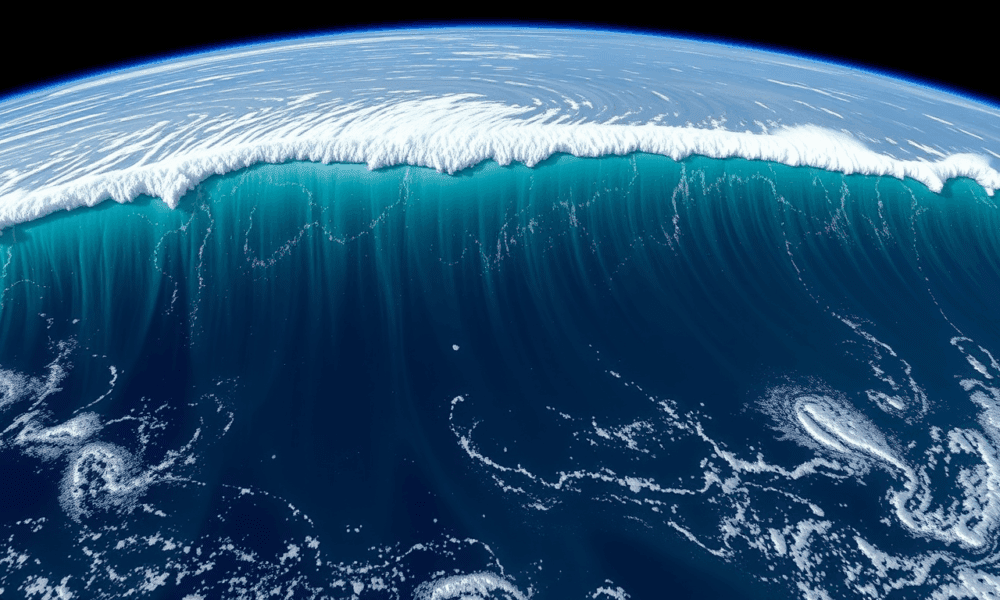


When a massive 8.8 magnitude earthquake struck off Russia’s Kamchatka Peninsula, NASA and CNES’s SWOT satellite captured a rare and detailed picture of the tsunami that...



Even in a warming climate, brutal cold snaps still hammer parts of the U.S., and a new study uncovers why. High above the Arctic, two distinct...
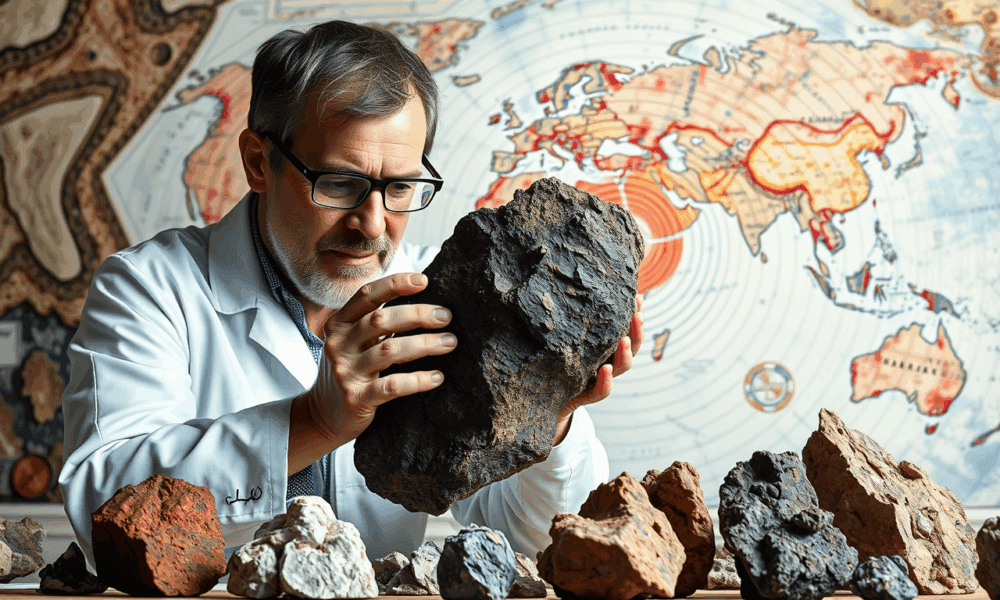
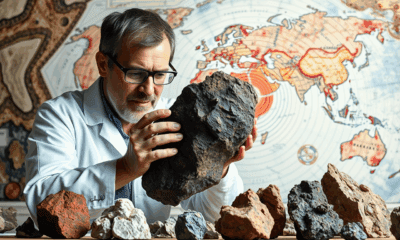

For over half a billion years, Earth’s magnetic field has risen and fallen in sync with oxygen levels in the atmosphere, and scientists are finally uncovering...



Atmospheric rivers, while vital for replenishing water on the U.S. West Coast, are also the leading cause of floods though storm size alone doesn t dictate...



Where do microplastics really go after entering the environment? MIT researchers discovered that sticky biofilms naturally produced by bacteria play a surprising role in preventing microplastics...



Beneath Earth s surface, nearly 3,000 kilometers down, lies a mysterious layer where seismic waves speed up inexplicably. For decades, scientists puzzled over this D" layer....



A new study details processes that keep pollutants aloft despite a drop in emissions.
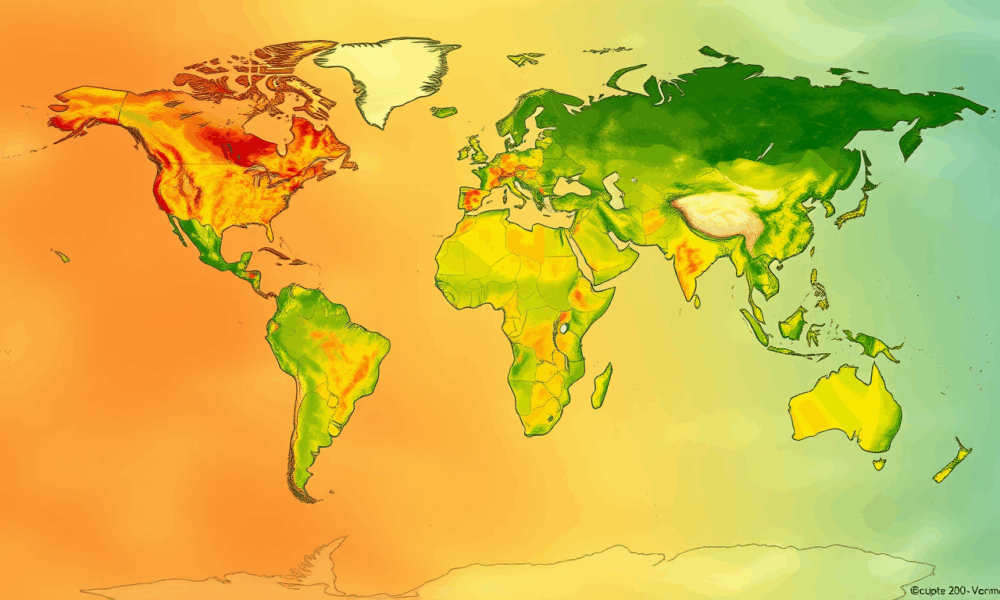
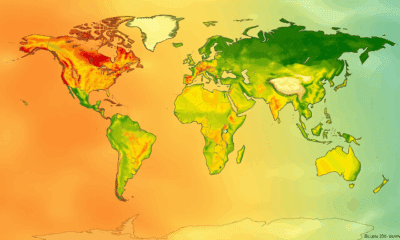

Ozone pollution is a global environmental concern that not only threatens human health and crop production, but also worsens global warming. While the formation of ozone...
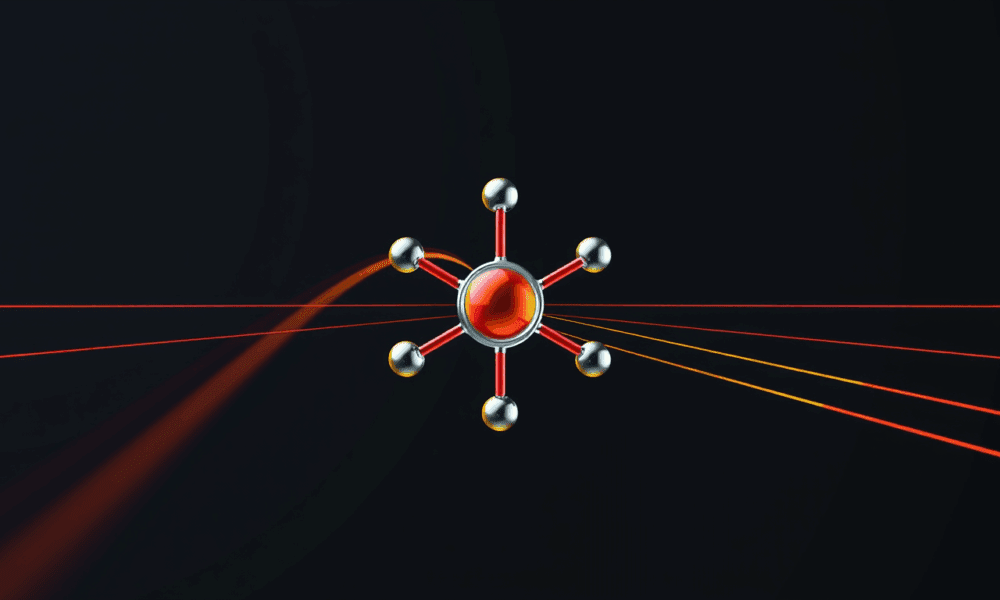


Researchers proposed a novel strategy for using a magnetic field to boost the efficiency of single-atom catalysts -- thus speeding up helpful reactions used for ammonia...



Chemists have demonstrated how RNA (ribonucleic acid) might have replicated itself on early Earth -- a key process in the origin of life.